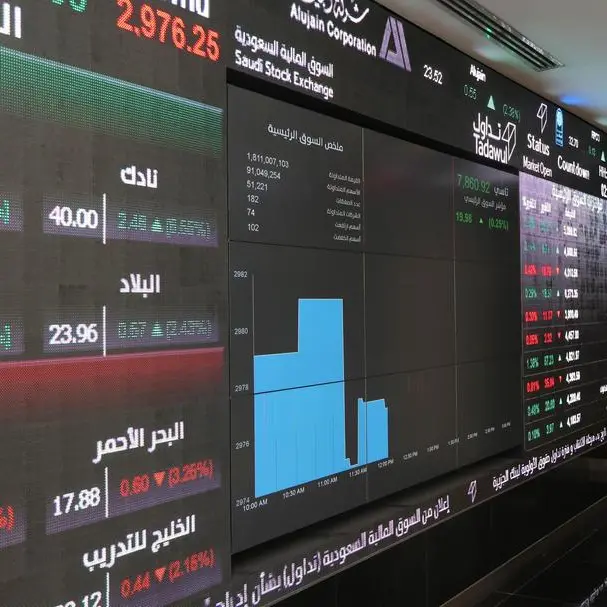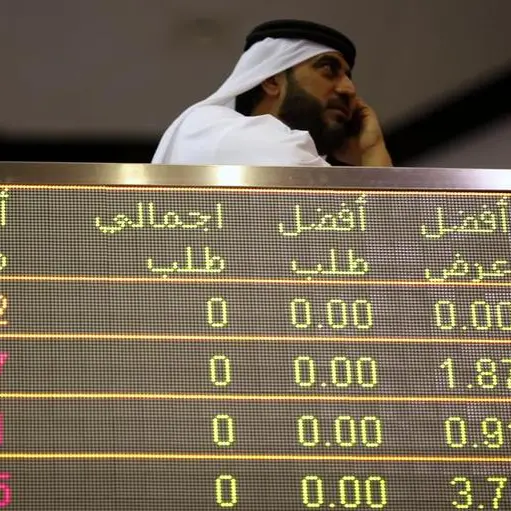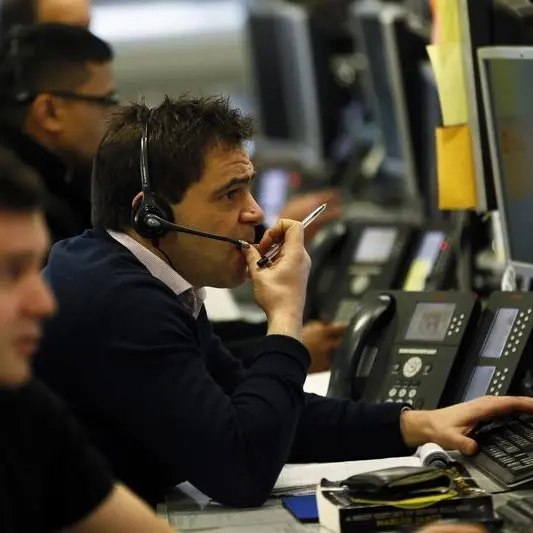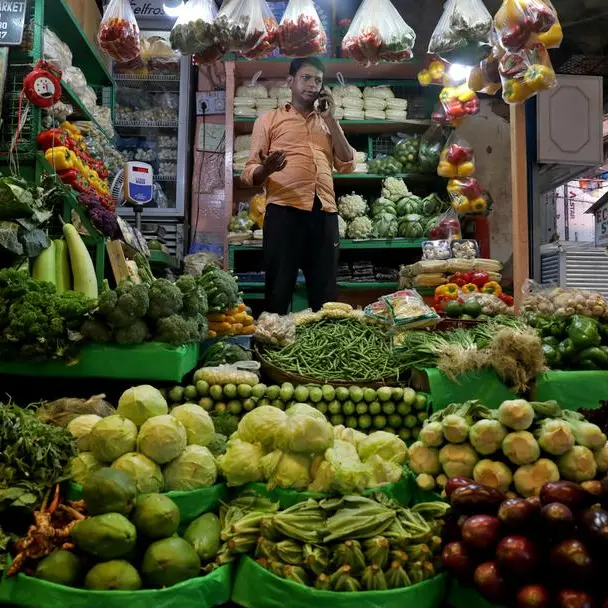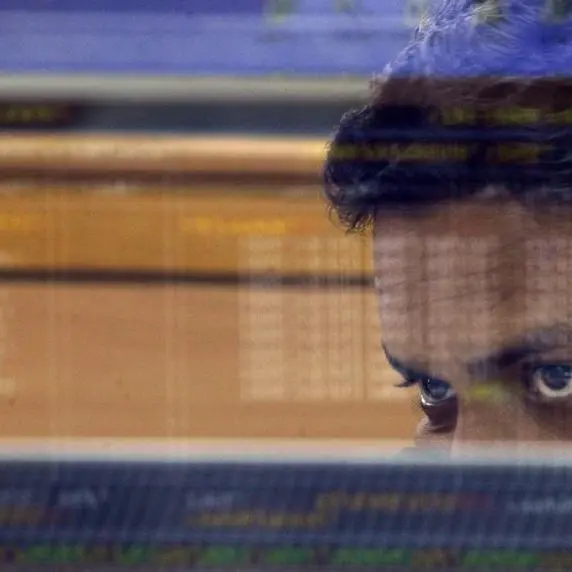PHOTO
Sovereign wealth funds in the Middle East are directing a greater proportion of their assets away from traditional investments such as equity and bonds and towards alternative assets, following a global trend, according to a new report by PwC.
Over a seven-year period to 2016, the amount of funds allocated to alternative assets (including real estate, infrastructure, private equity, hedge funds and commodities) globally by sovereign wealth funds (SWFs) increased by 4 percent to 23 percent of the $7.4 trillion total assets under management (AuM), said the report which was co-authored with the World Gold Council.
PwC's sovereign investment fund director, Tarek Shoukri, told Zawya in an emailed response to questions that according to its analysis, there are 14 active SWFs in the Middle East, with combined assets under management of $2.8 trillion, or 38 percent of the global total held by SWFs. Their investments in alternative assets is currently much smaller than the world’s aggregate, but it is growing.
“Middle East SWFs, in general, have been following the global trend by allocating more capital towards alternatives. Over the five-year period (to 2016) their average allocation to the alternatives asset class has increased from 3.7 percent to 6.1 percent of total assets, while their average target allocation rose from 6.5 percent to 8.6 percent," said Laurent Depolla, PwC Middle East's sovereign investment funds leader in a press release unveiling the report on Wednesday.
Shoukri said that most of the money that the Middle East's sovereign funds have been investing in alternative assets has gone into real estate and infrastructure.
"Keeping in mind that Middle East SWFs do not fully disclose their investment strategies, our analysis shows that 23.2 percent of their total AuM (assets under management) was invested in alternatives," Shoukri said.
"Within this, 25.2 percent was invested in private equity, 42 percent in real estate and infrastructure, 30.3 percent in hedge funds, and 2.5 percent in other alternative investments," he added.
PWC’s report analysed data from the Sovereign Wealth Fund Institute, Preqin, and annual reports published by various sovereign funds.
The report said that although the decline in oil prices which started in 2014 had led to some governments withdrawing assets from funds to help finance government deficits, assets under management have generally continued to grow.
“The growth rate should increase in the coming years, as lower oil production and a steady increase in demand drive up prices,” it said.
In its 2016 review, Abu Dhabi's sovereign wealth fund, Abu Dhabi Investment Authority, said that its long term policy portfolio envisaged investing a minimum of 13 percent and a maximum of 33 percent in alternative assets.
According to the US-based Sovereign Wealth Fund Institute, ADIA is the biggest sovereign wealth fund in the Middle East and the third-biggest globally, with assets of $828 billion. Norway has the world’s biggest sovereign fund, with assets of about $1 trillion, and the Chinese Investment Corporation has the second-biggest with assets of $900 billion.
SWF assets comprised 10 percent of all institutional investment in 2016, which is a nudge down from 10.2 percent in 2015, according to the PwC report. Pension funds held 52.1 percent of institutional investors’ assets in 2016 and insurance companies the remaining 37.9 percent.
The report said that SWFs are growing in importance not only to local but also international economies. This is partly due to the growth in size of established funds, but also a result of the creation of new funds. It highlighted the Hong Kong Future Fund, Holdings Equatorial Guinea 2020, the West Virginia Future Fund and the Luxembourg Future Fund as examples of recently-established funds, as well as Turkey’s sovereign wealth fund, which was set up in 2016 and which contains state investments in Turkish Airlines and telecoms operator Turk Telecom, according to Reuters.
Shoukri said that governments typically set up funds with one of three primary objectives in mind – capital maximisation, stabilisation and economic development. Economic development funds are mainly aimed at boosting a country’s long-term productivity, and will therefore invest in physical and social infrastructure assets.
“Capital maximisation funds aim to build a risk-adjusted capital base for the growth and preservation of national wealth,” Shoukri explained, stating that funds with a longer-term investment horizon are attracted to assets such as equities and private equity.
Stabilisation funds, by contrast, are set up to provide fiscal stability as a buffer against external economic shocks. As a result, these tend to invest in short-term instruments such as fixed income products.
Further reading:
Saudi PIF mulls $400mln funding in US startup Magic Leap
Sovereign investors scoop up emerging market IPOs in 2017
Abu Dhabi's Mubadala partners Softbank for 15 to 16 technology investments
Abu Dhabi Investment Authority's unit to invest $1bln in Indias infra fund
(Reporting by Michael Fahy; Editing by Ammy Abdul Alim and Seban Scaria)
(michael.fahy@thomsonreuters.com)
© ZAWYA 2018


